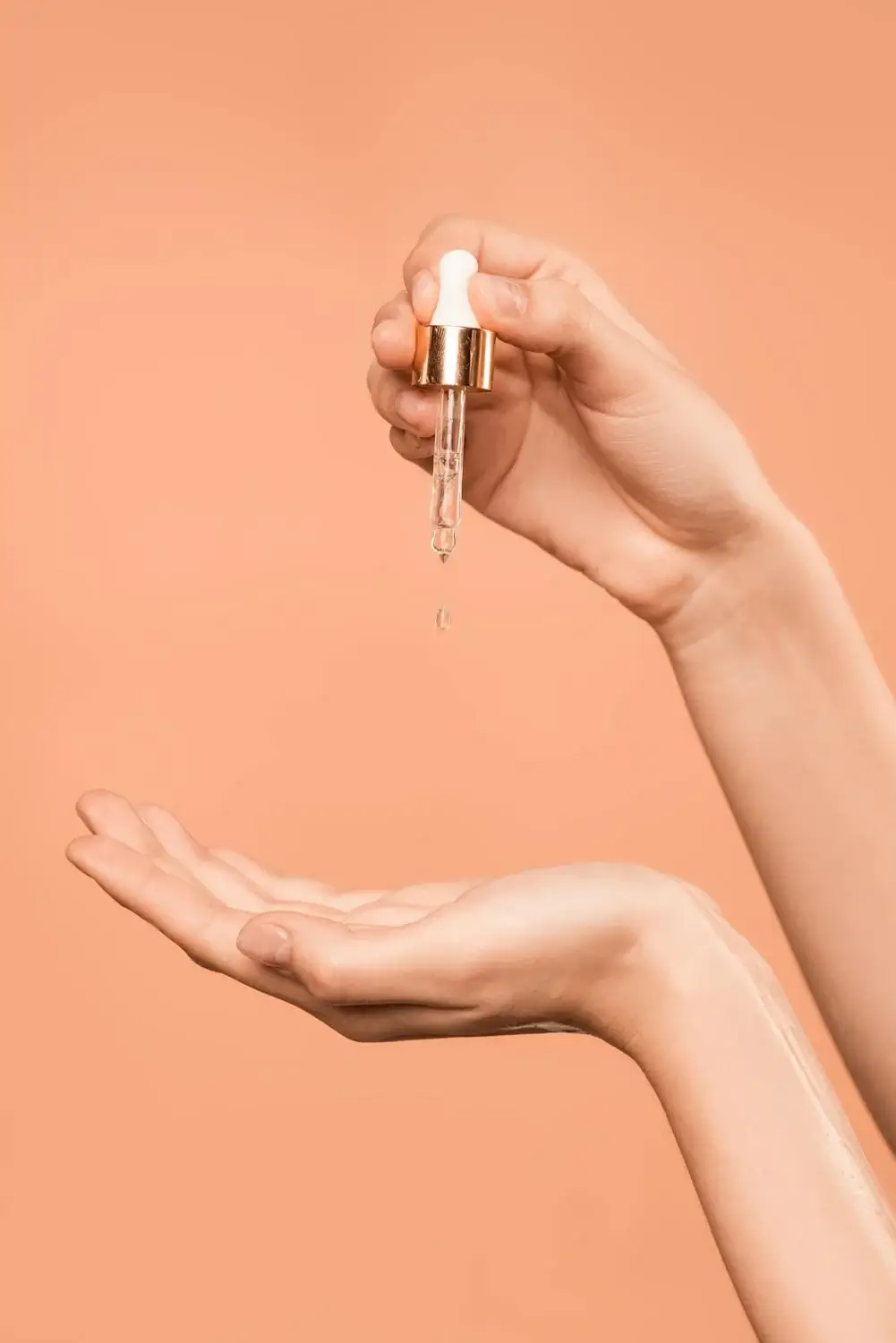Achieving healthy, glowing skin isn’t about buying the most expensive products—it’s about understanding your skin’s needs and crafting a routine that works for you. Whether you’re a skincare beginner or looking to fine-tune your regimen, this guide will walk you through the steps to build your perfect skincare routine from the ground up.
1. Understand Your Skin Type
Before you invest in any products, you need to determine your skin type. Knowing whether your skin is oily, dry, combination, sensitive, or normal will help you choose the right ingredients and textures.
- Oily skin tends to get shiny, especially in the T-zone. You may experience breakouts more often.
- Dry skin feels tight, flaky, or rough, especially after cleansing.
- Combination skin is oily in some areas (usually forehead, nose, chin) and dry in others.
- Sensitive skin reacts easily—redness, stinging, or itching after using products is common.
- Normal skin feels balanced—not too oily or too dry.
You can find your skin type by washing your face with a gentle cleanser and observing how it feels after 30 minutes. No moisturizer—just let your skin settle. This natural state gives you the best indication.
2. Know the Basic Steps
A basic skincare routine includes three core steps:
- Cleanser – Removes dirt, oil, and makeup.
- Moisturizer – Keeps your skin hydrated and balanced.
- Sunscreen – Protects your skin from UV damage (even on cloudy days!).
Optional steps you can layer in:
- Toner – Prepares the skin for better absorption of products.
- Serum – Targets specific skin concerns like dullness, dark spots, or fine lines.
- Exfoliator – Removes dead skin cells; used 1–3 times per week.
- Eye Cream – Treats puffiness, dark circles, or dryness around the eyes.
These aren’t all essential daily, but understanding their purpose will help you customize your routine as your skin changes.
3. Morning vs. Night Routines
Your skin’s needs differ in the morning and evening, so your routine should adapt.
Morning Routine:
- Cleanser
- Toner (optional)
- Serum (antioxidants like Vitamin C are great for daytime)
- Moisturizer
- Sunscreen (SPF 30 or higher)
The goal in the morning is protection. Antioxidants and SPF defend against environmental stressors like UV rays and pollution.
Night Routine:
- Makeup remover/oil cleanser (if you wear makeup or SPF)
- Cleanser
- Toner
- Treatment (like retinol, exfoliants, or acne treatments)
- Serum
- Moisturizer or overnight mask
Night is when your skin repairs itself, so focus on hydration and treatments that support cell turnover and recovery.
4. Choose the Right Products
Here’s how to choose products that align with your skin type and concerns:
For Oily or Acne-Prone Skin:
- Gel or foaming cleansers
- Oil-free moisturizers
- Niacinamide, salicylic acid, or clay masks to reduce excess oil
For Dry or Dehydrated Skin:
- Cream or milk cleansers
- Hyaluronic acid and ceramide-based moisturizers
- Squalane, glycerin, or oat extract for extra nourishment
For Sensitive Skin:
- Fragrance-free, alcohol-free, and minimal ingredient formulas
- Aloe vera, chamomile, and centella asiatica to calm irritation
For Combination Skin:
- Use a gentle cleanser and lightweight moisturizers
- Apply targeted treatments only where needed (e.g., T-zone for oil control)
Patch test any new product on your inner arm or behind your ear before applying it to your face. This helps avoid allergic reactions or irritation.
5. Be Consistent, Not Complicated
Skincare is not about doing everything—it’s about doing the right things consistently. A simple routine that you stick with every day will do more for your skin than a 10-step routine you only follow once a week.
Start with the basics:
- Cleanser
- Moisturizer
- Sunscreen (AM)
Once that’s a habit, introduce one product at a time. Give each new product at least 2 to 4 weeks to show results, unless irritation occurs.
Also, keep in mind that your skin can change with the seasons, stress, hormones, or lifestyle. It’s okay to tweak your routine as needed.
6. Don’t Forget Lifestyle Factors
Your skincare routine doesn’t stop at the bathroom sink. Factors like sleep, diet, hydration, and stress play a huge role in how your skin looks and feels.
- Drink plenty of water throughout the day.
- Eat foods rich in omega-3s, vitamin C, and antioxidants.
- Get at least 7-8 hours of sleep per night.
- Manage stress with activities like yoga, meditation, or journaling.
These habits work with your skincare routine to give you longer-lasting, healthier skin from the inside out.
7. Track Your Progress
Keep a skincare journal or take weekly selfies in natural light to monitor how your skin changes. This will help you identify what works and what doesn’t.
Note:
- Breakouts or irritation
- Improvements in tone or texture
- Changes in dryness or oiliness
Don’t expect overnight miracles—consistency is key. Most skin concerns take time to resolve. Tracking helps you stay patient and make informed decisions without constantly switching products.
Final Thoughts
Building the perfect skincare routine isn’t about perfection—it’s about personalization. With a little knowledge, consistency, and patience, you can create a regimen that enhances your natural glow and supports your skin’s long-term health.
Remember: good skincare is self-care. It’s a few minutes of your day dedicated entirely to yourself—and your future skin will thank you for it.
So whether you’re starting from scratch or updating an existing routine, take it step by step, listen to your skin, and enjoy the journey to your best complexion yet.










